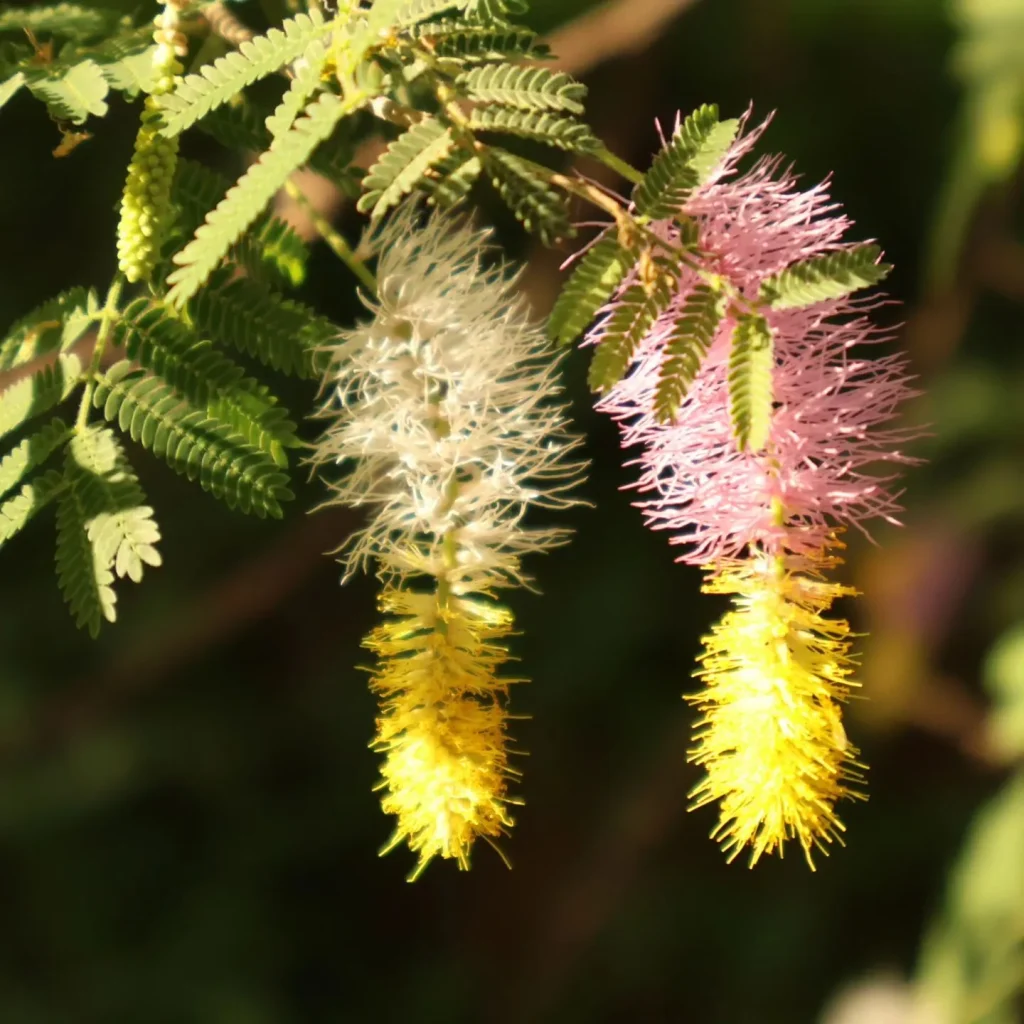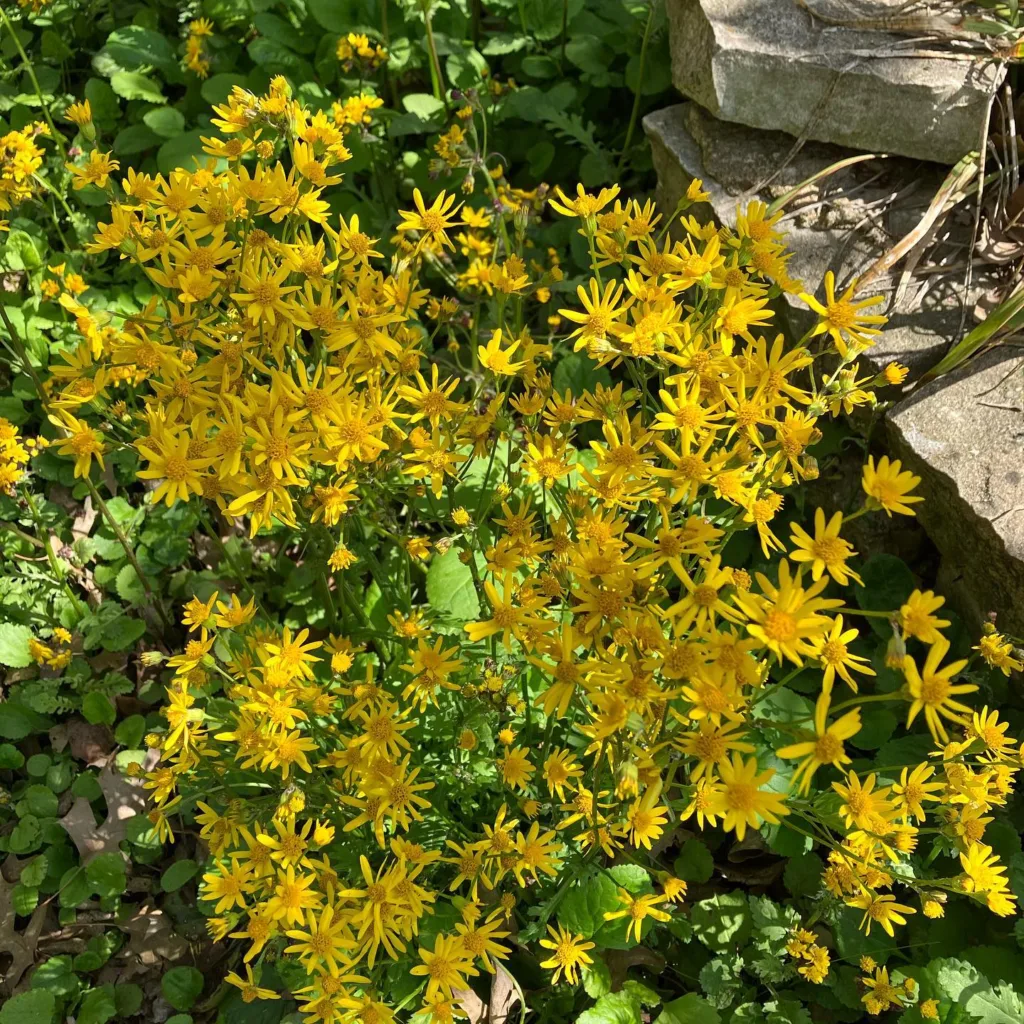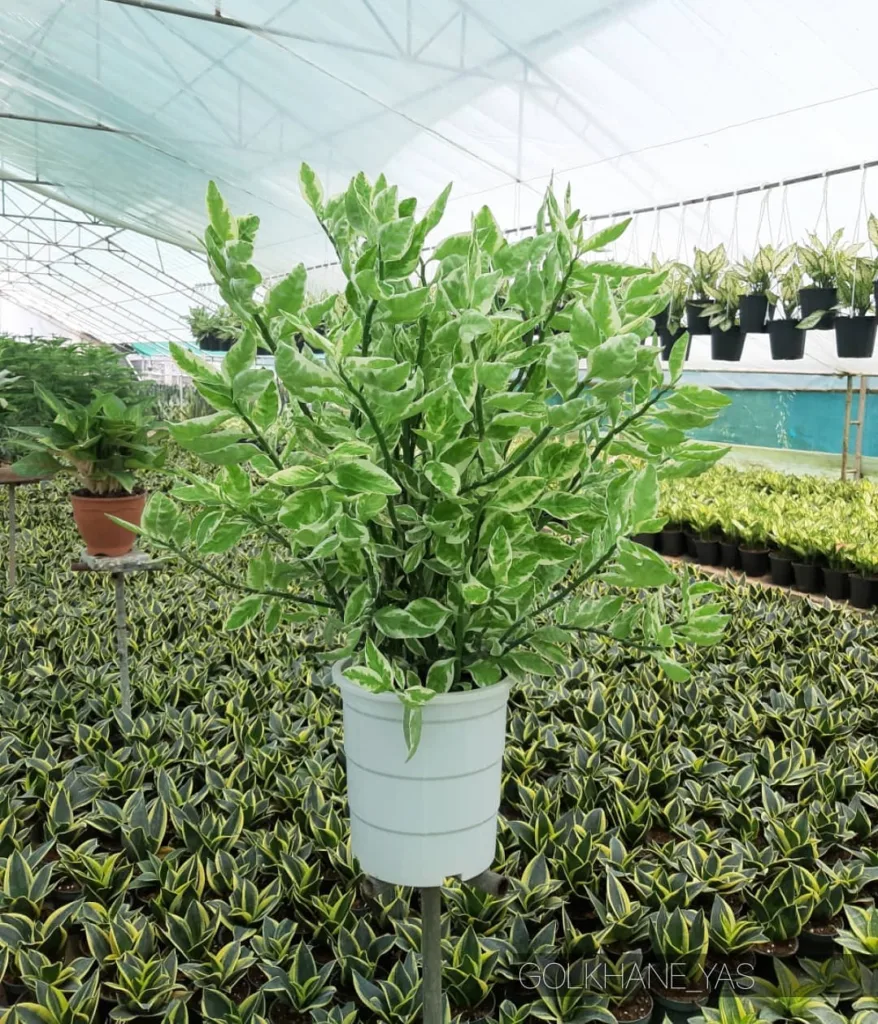Exploring the Fascinating Psilotaceae Family
As an avid plant enthusiast, I’ve always found myself drawn to unique and lesser-known plant families. One that particularly piques my interest is the Psilotaceae family. Known for its unusual characteristics and ancient lineage, this family includes two primary genera: Psilotum and Tmesipteris. In this article, I want to delve into the unique features of these genera and share my insights into their significance in the plant kingdom.
What is the Psilotaceae Family?
The Psilotaceae family consists of spore-producing vascular plants often referred to as “whisk ferns.” This designation may sound somewhat unflattering at first, but the plants within this family are anything but ordinary. They are intriguing due to their simple structure and lack of true leaves or roots, traits that set them apart from most other vascular plants. Instead, they feature green, photosynthetic stems that resemble whiskers, hence the name.
During my exploration of the Psilotaceae family, I discovered that these plants are considered “living fossils.” They have existed for over 400 million years and have undergone minimal evolutionary changes. This resilience and stability make them fascinating subjects for study, particularly for those interested in plant evolution and biodiversity.
Genera Overview: Psilotum
The first genus I want to discuss is Psilotum. This genus is often regarded as the quintessential representative of the Psilotaceae family. It comprises several species, with Psilotum nudum being the most common. I remember my first encounter with this plant; its upright, forked stems and bright green color were striking against the forest floor.
One of the most interesting features of Psilotum is its reproductive strategy. Instead of producing flowers and seeds like most plants, Psilotum reproduces through spores. The sporangia, where spores are produced, are located at the tips of the stems. This ancient reproductive method is a key characteristic of the Psilotaceae family and reflects its primitive nature.
Psilotum typically thrives in warm, humid environments, often found in tropical and subtropical regions. I’ve encountered it in shaded areas of forests, where it tends to grow on the forest floor, forming small clumps. Its ability to adapt to various substrates, including rocky and sandy soils, further demonstrates its resilience.
Genera Overview: Tmesipteris
The second genus in the Psilotaceae family is Tmesipteris, a genus I find equally captivating. Tmesipteris species are native to New Zealand and Australia, often growing in the understory of rainforests and moist forests. Unlike Psilotum, which has a more upright growth habit, Tmesipteris has a more sprawling form. I’ve admired its delicate, fern-like appearance as it weaves through the forest floor.
One of the standout characteristics of Tmesipteris is its unique morphology. The stems have a more branched appearance and are often covered in small, scale-like leaves. While it also reproduces via spores, its reproductive structures are located in specialized organs called sporangiophores. This distinction makes it an interesting subject for further research and study.
Tmesipteris thrives in similar habitats to Psilotum, preferring shaded, humid environments. During my time in New Zealand, I was fortunate enough to see these plants thriving in their native habitat. The sight of Tmesipteris nestled among the mosses and ferns was a vivid reminder of the plant kingdom’s diversity.
Ecological Importance of Psilotaceae
The Psilotaceae family plays a vital role in its ecosystem. By providing shelter and habitat for various organisms, these plants contribute to the biodiversity of their surroundings. The decaying leaves and stems enrich the soil, promoting nutrient cycling. I often reflect on the interconnectedness of plant species and how even the simplest ones like Psilotum and Tmesipteris have a significant impact on their environment.
Conclusion
In my journey as a plant enthusiast, exploring the Psilotaceae family has been a rewarding experience. The unique characteristics of Psilotum and Tmesipteris, combined with their ancient lineage, highlight the incredible diversity of the plant kingdom. I hope that by sharing my insights, I inspire others to appreciate these fascinating plants and their ecological significance. The world of plants is vast and varied, and every family, including the Psilotaceae, offers a glimpse into the wonders of nature. Whether you’re a seasoned botanist or a casual observer, I encourage you to take the time to explore and learn about the remarkable world of plants.
If i die, water my plants!



